Integrating AngularJS into a Legacy Application
Experience: that most brutal of teachers. But you learn, my God do you learn.
~ C. S. Lewis
Rosina Bignall
Blog: http://rosinabignall.com
Twitter: @rosinabignall
JoindIn: https://joind.in/13521
Slides: http://goo.gl/H7Cklr
Assistance Dog Zaakir
http://tamarr.org

Overview
- What is a legacy application?
- Our Application
- User Feedback
- Problem... Solution...AngularJS
- User Feedback on the solution
- How we did it
- What we did right
- What we did wrong
- Planning your integration
What is a Legacy Application?
Legacy Application
A legacy system is an old method, technology, computer system, or application program,"of, relating to, or being a previous or outdated computer system."
Often a pejorative term, referencing a system as "legacy" often implies that the system is out of date or in need of replacement.
~ Wikipedia
Legacy Application
-
Primarily round trip
-
Uses little to no Ajax
-
Little front-end interaction
Story Time
Our Application
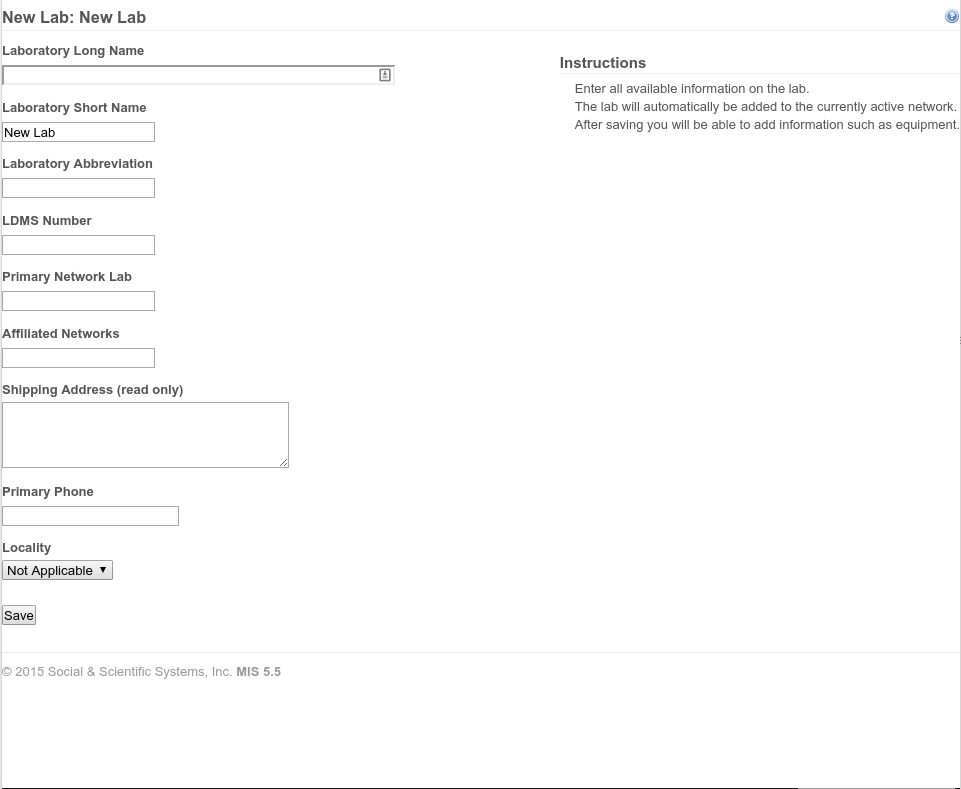
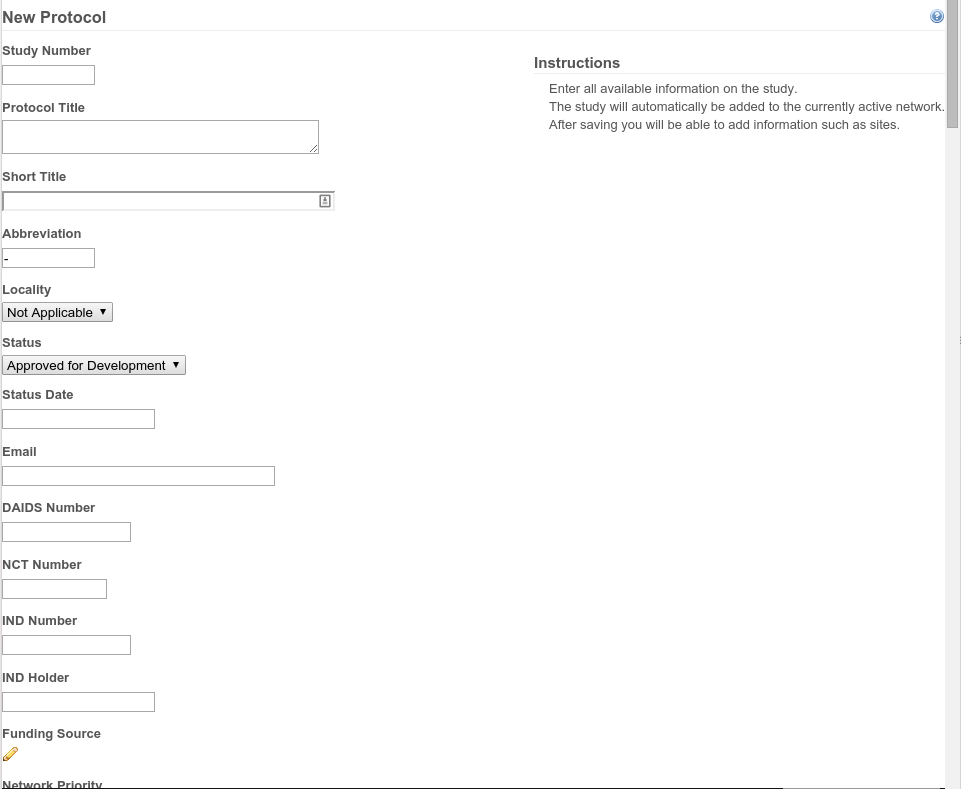
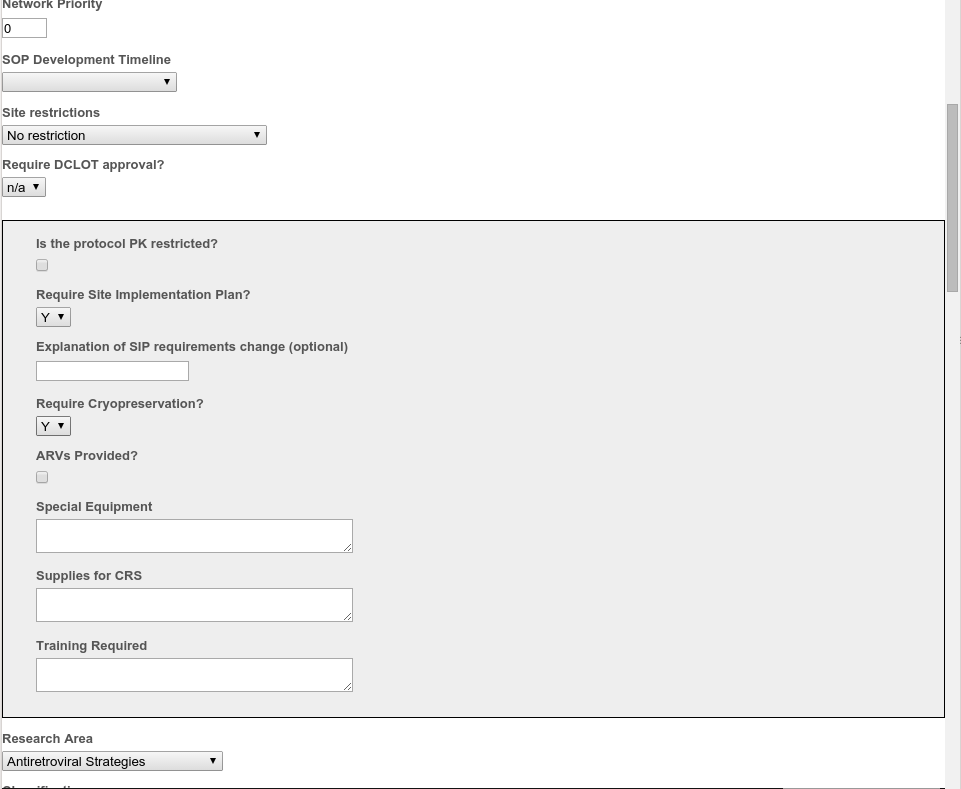
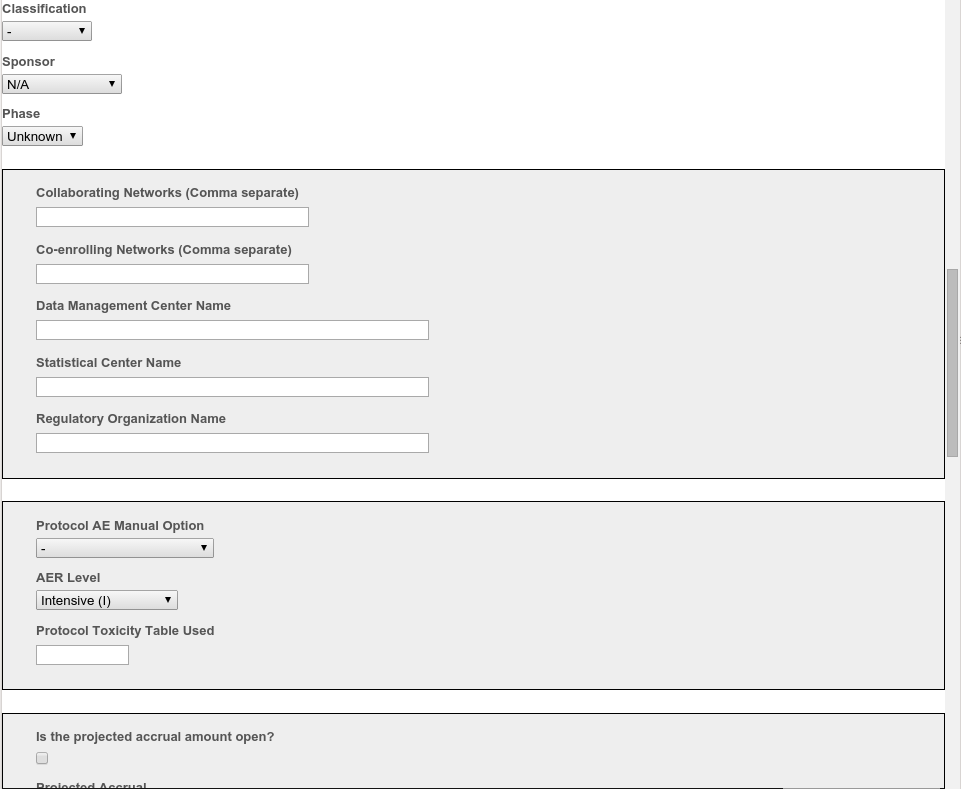
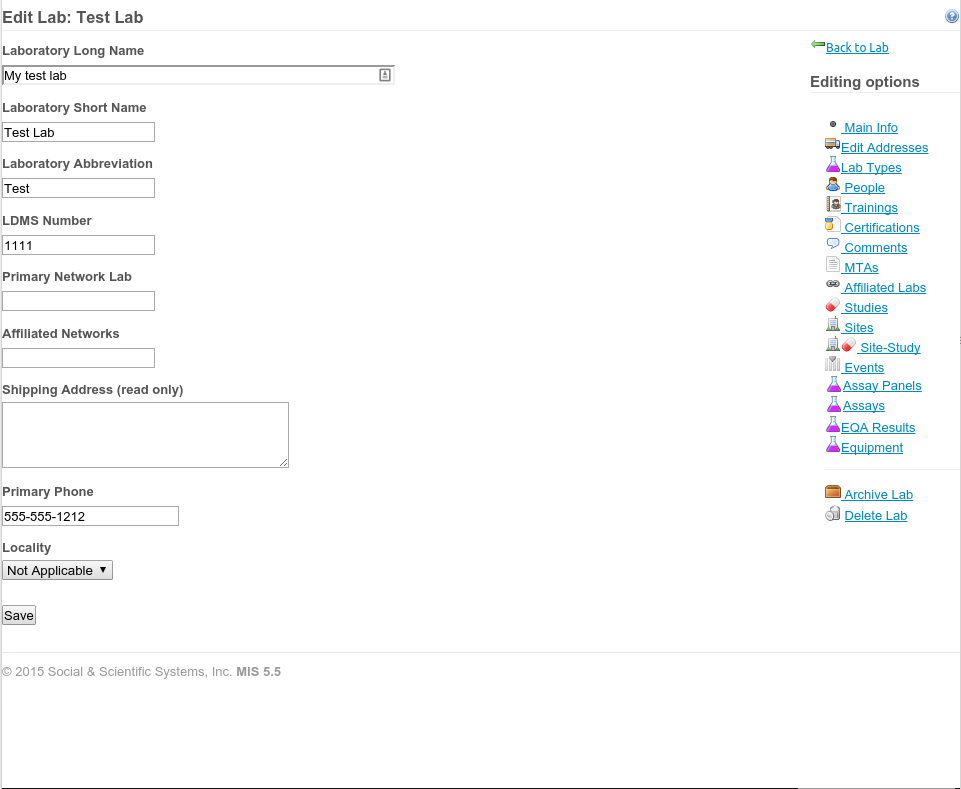
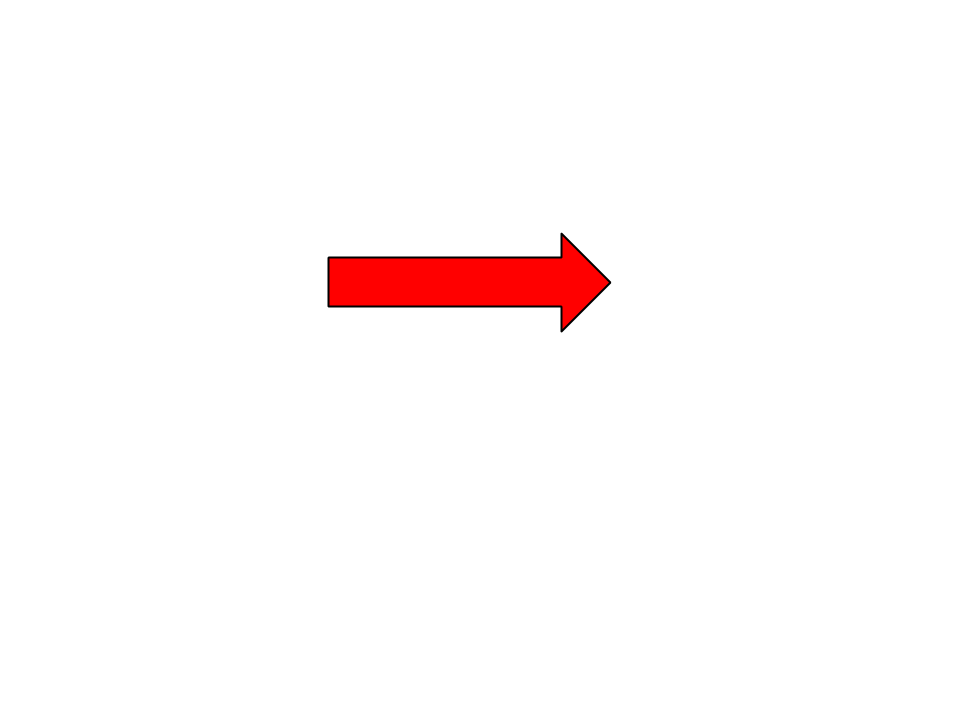
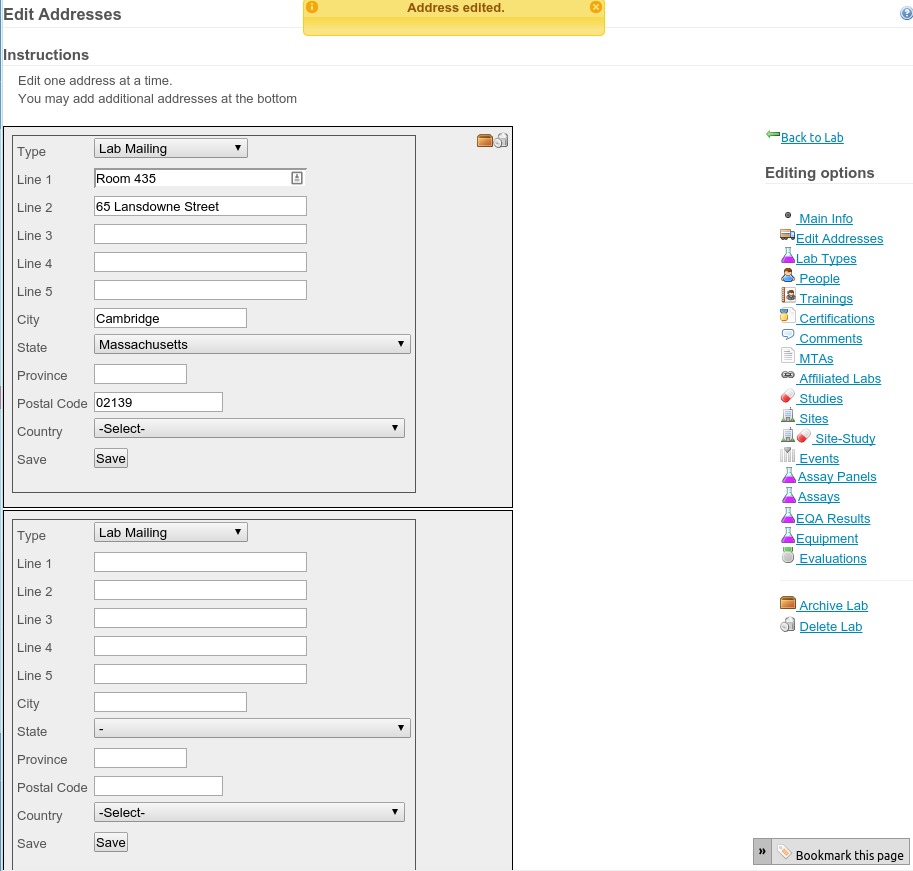
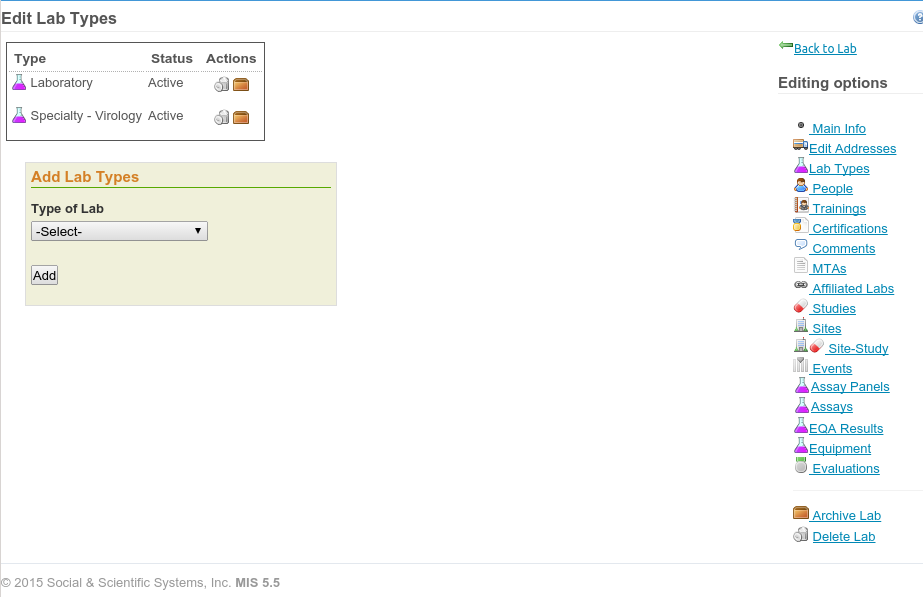
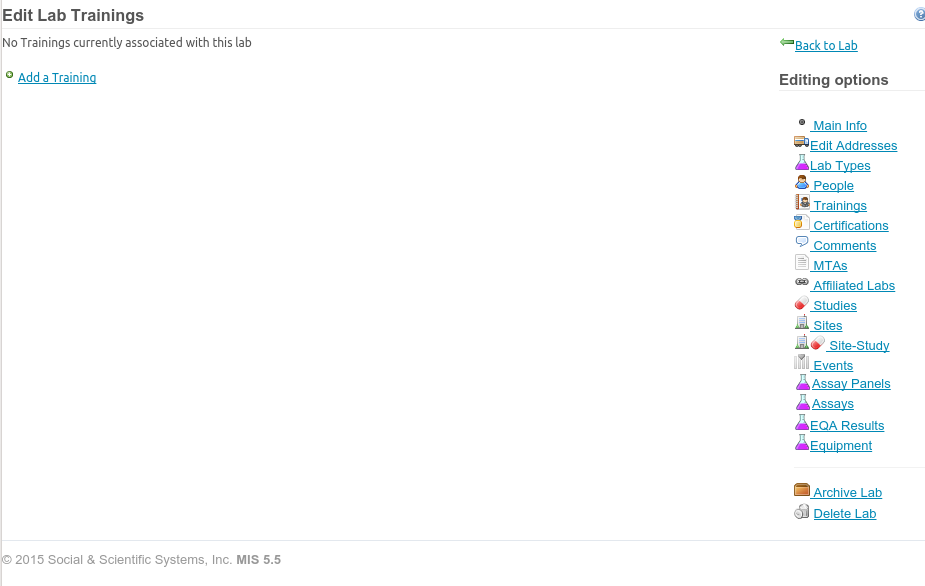
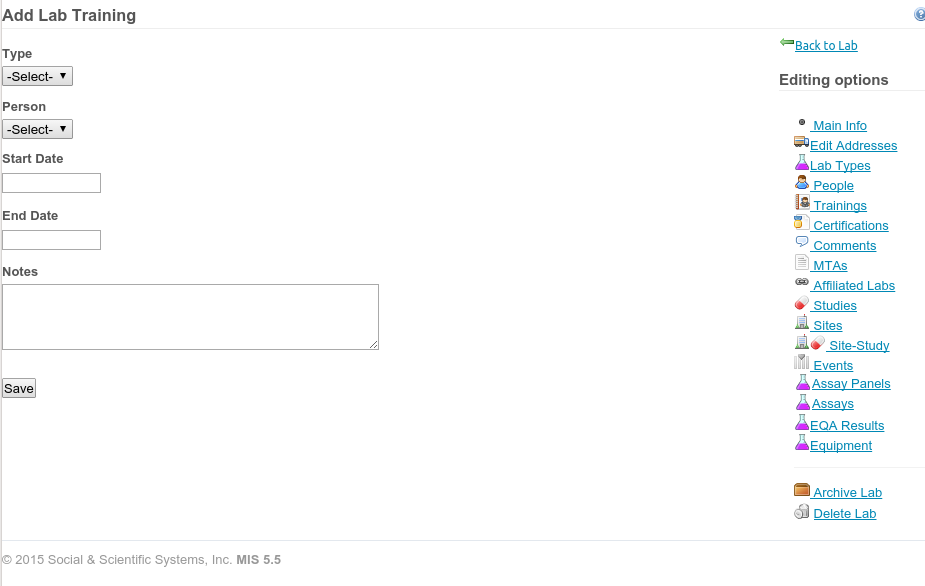
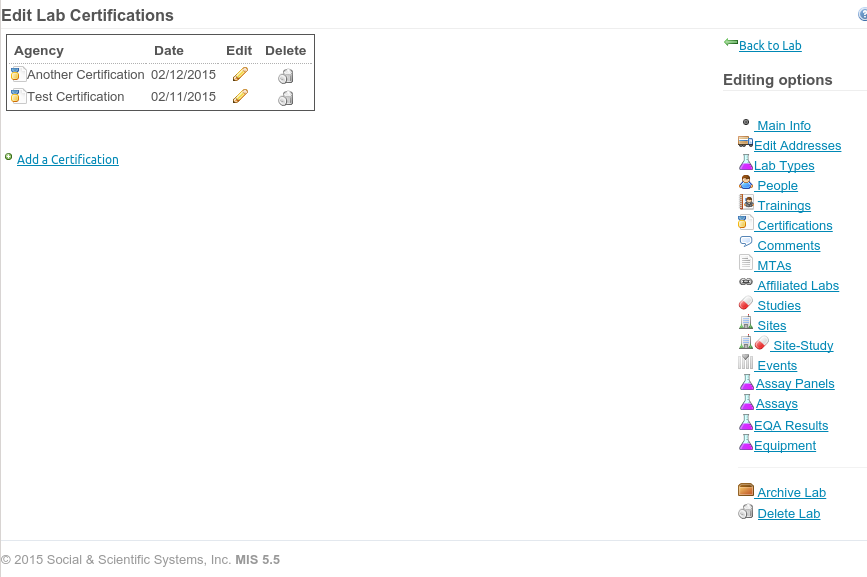
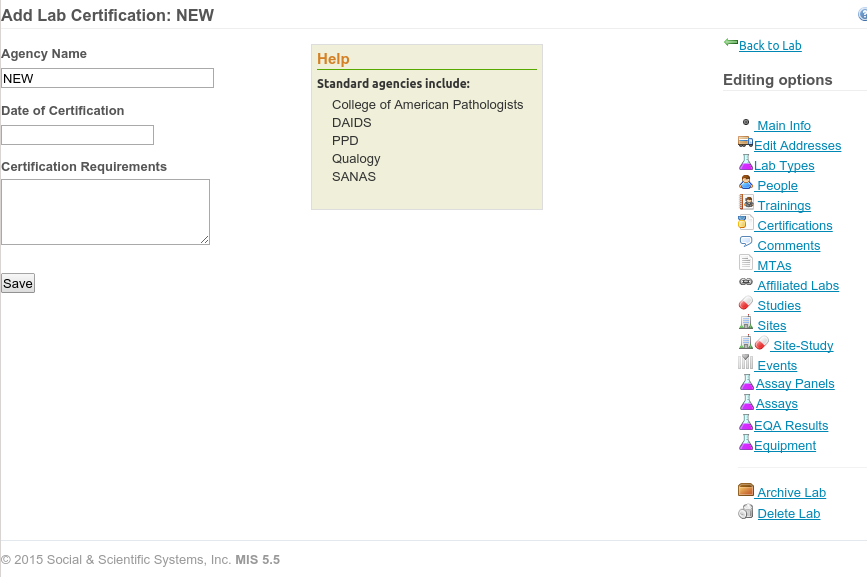
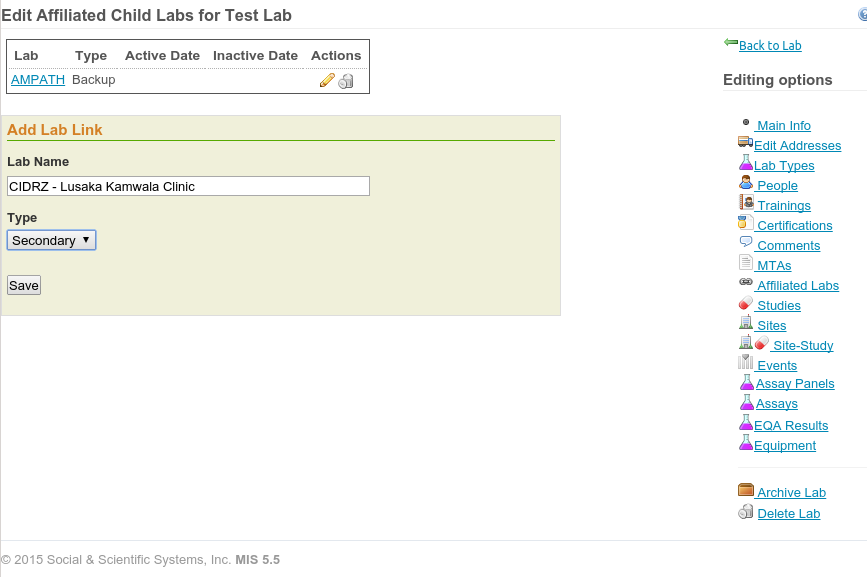
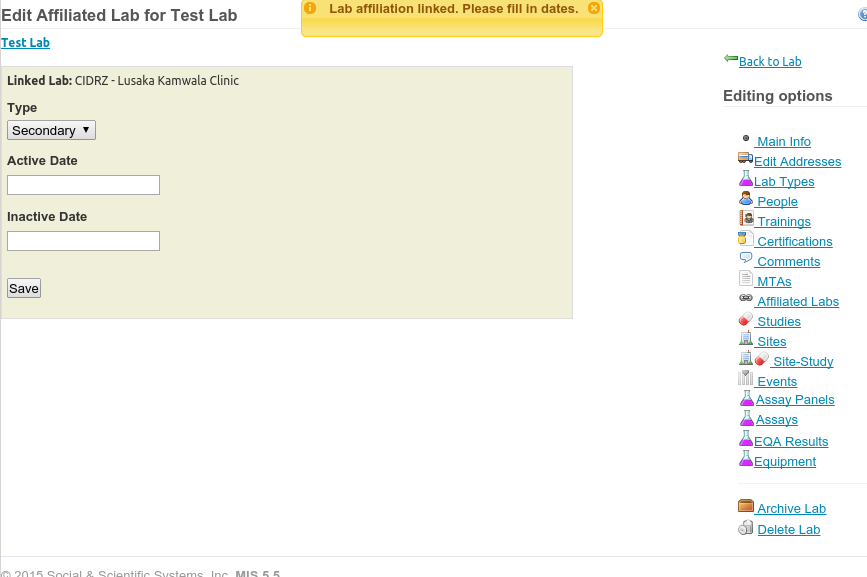

User Feedback
- Wanted more interaction like other modern apps they were used to using
- Did not like how difficult it was to edit information
- Would like to be able to edit everything on one page
- Did not like having to go to different pages to edit additional data for the current record
- A lot of inconsistency in how you edit things

Problem
Solution?
Jquery?
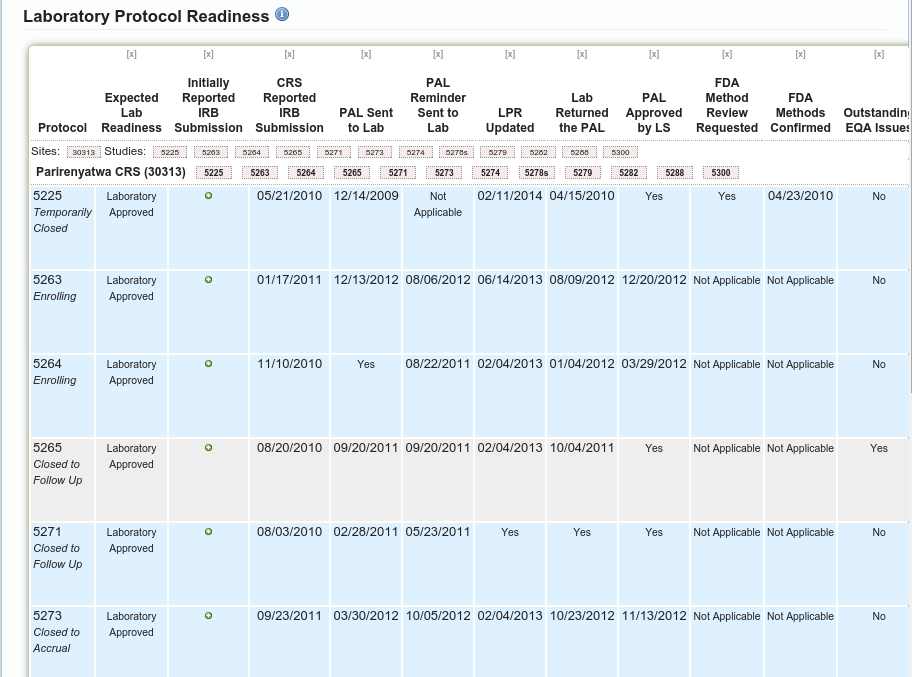
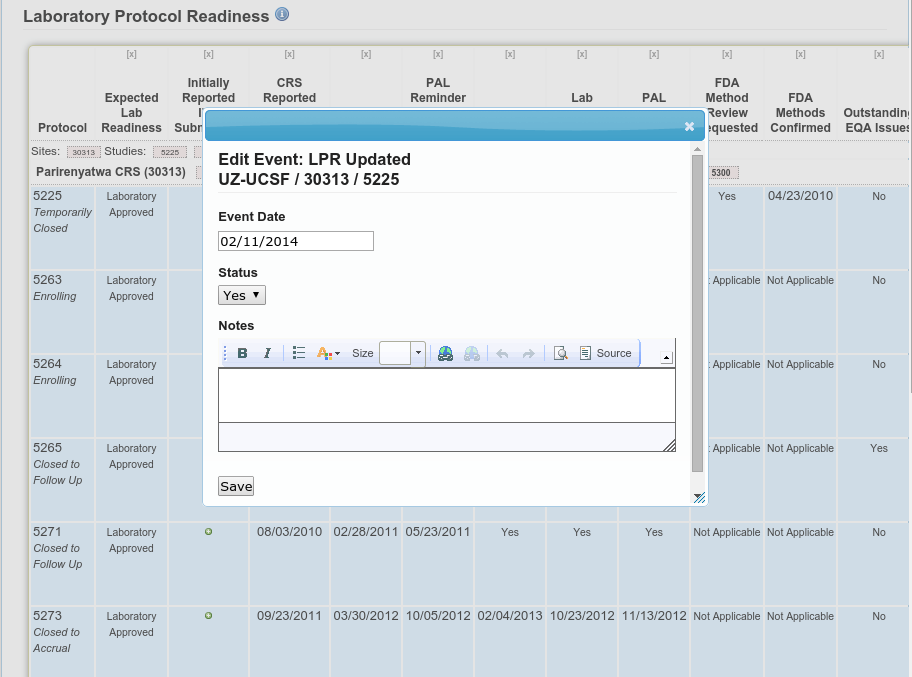
JavaScript Framework
Solution...AngularJS
Benefits
- Rich User Experience
- Separation of Concerns
- UI code Declarative
- Application code Imperative
- Testable!
Rich User Experience
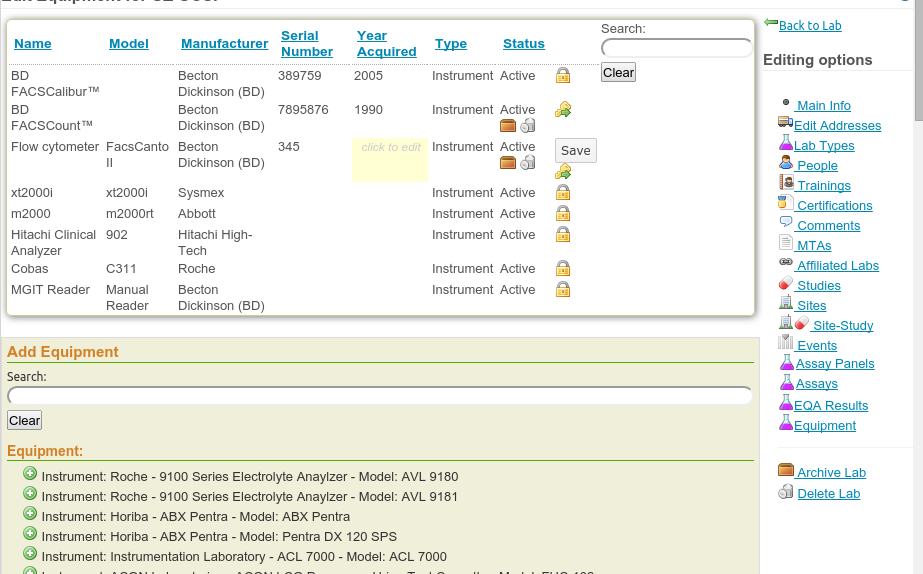
Rich User Experience
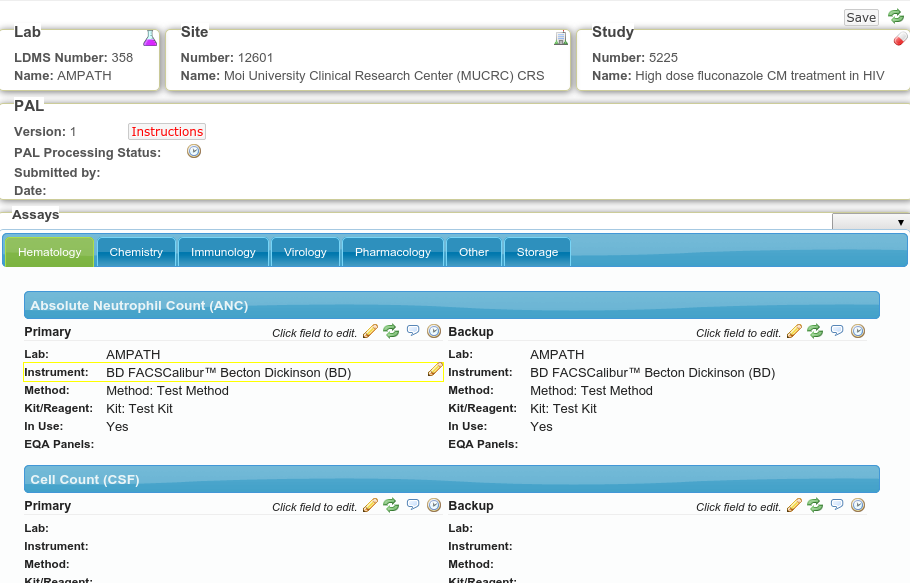
Rich User Experience
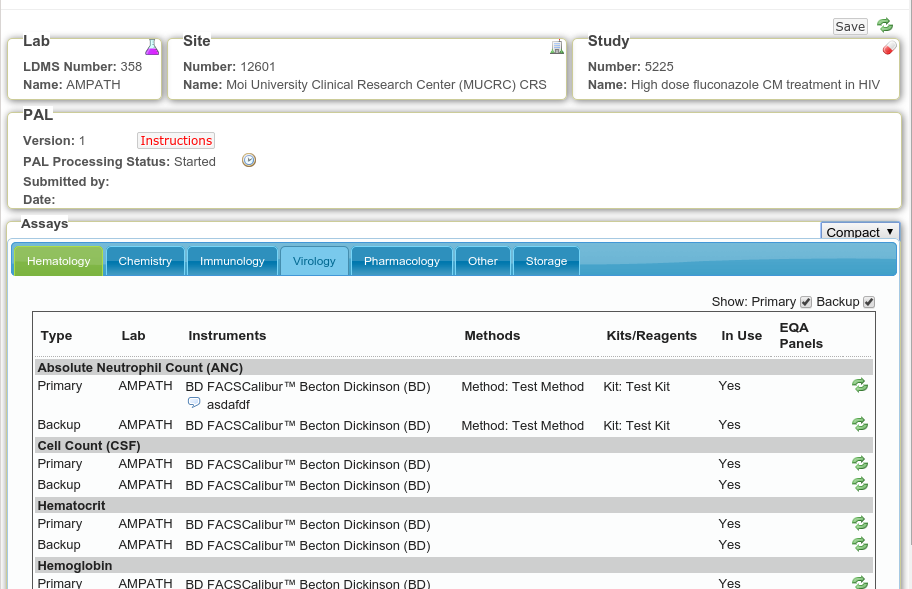
Rich User Experience
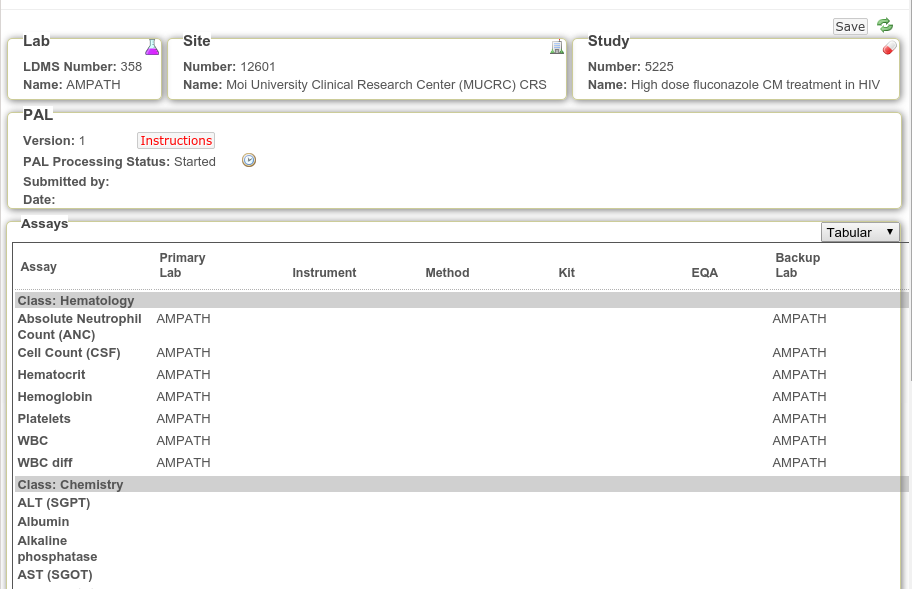
Rich User Experience
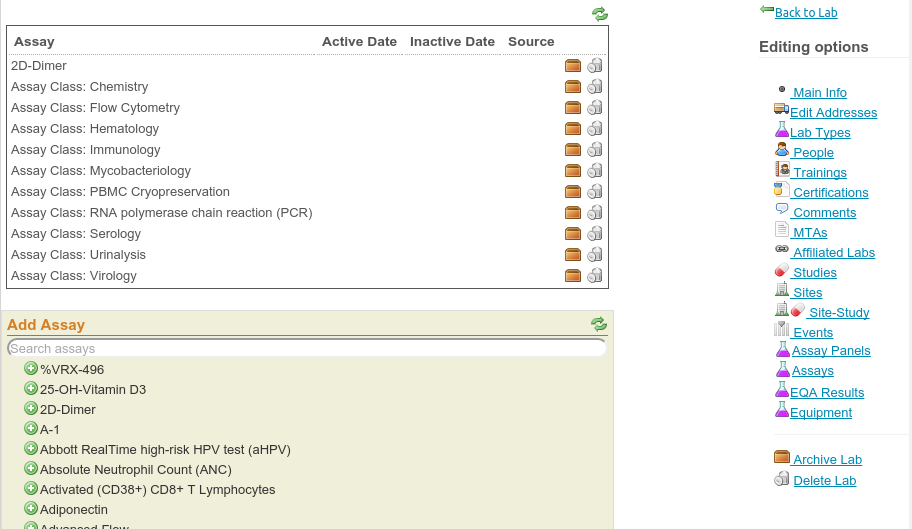
Rich User Experience
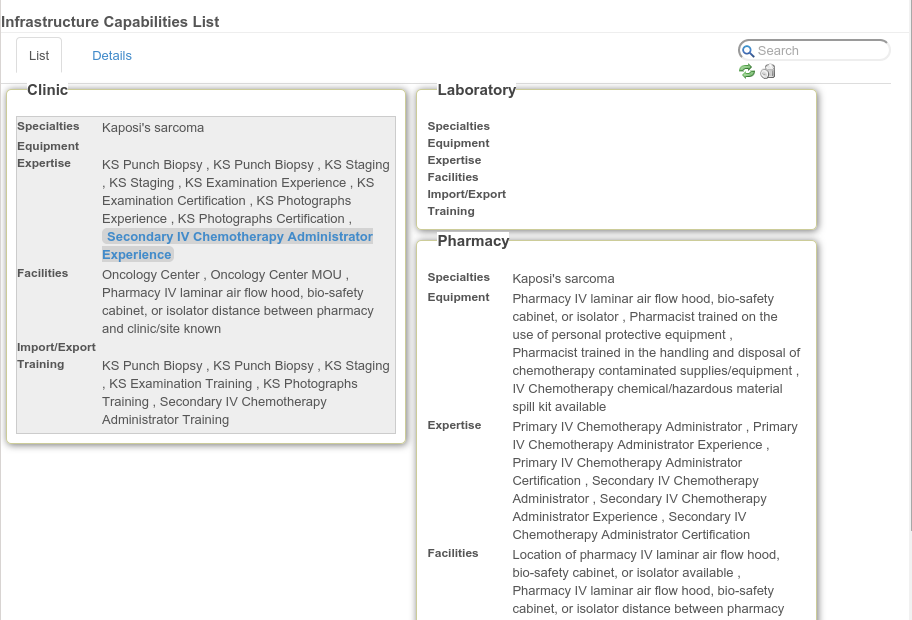
Rich User Experience
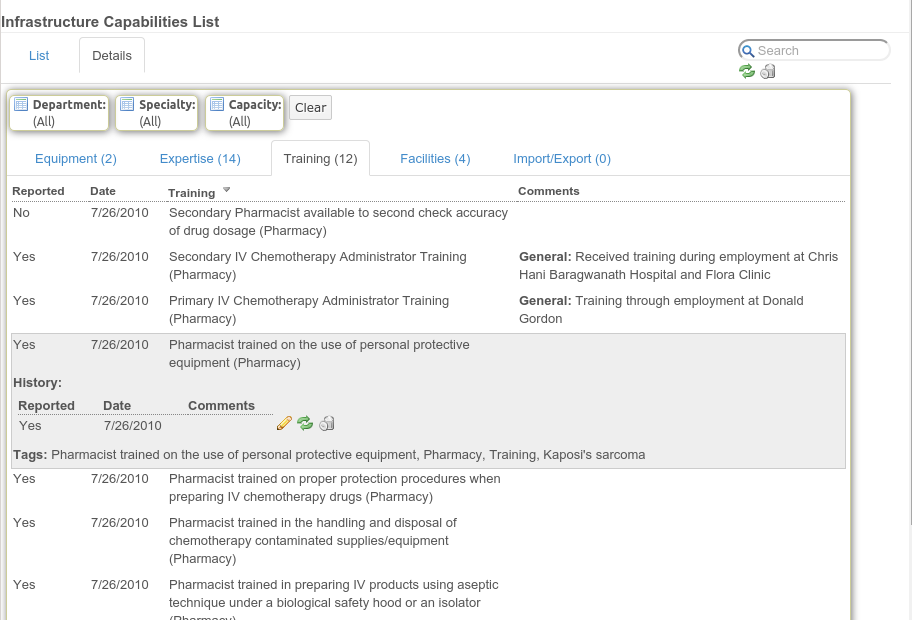
Separation of Concerns
UI Code Declarative
UI Code Declarative
<mydirective>
...
</mydirective>
<input type="text" ng-model="mymodelvariable">
</input>
<ng-include src="mytemplate.html"
</ng-include>Application Code Imperative
Application Code Imperative
angular.module('equipment',['equipmentServices',
'equipmentDirectives',
'equipment.controllers','ngResource' ]);
Equipment.Controllers.controller(
'EquipmentCtrl',
['$scope', 'Equipment', 'Available', '$filter',
function EquipmentCtrl($scope, Equipment,
Available, $filter) {
$scope.equipment = Equipment;
$scope.startLoading = function() {
$scope.loading = true;
}
...
}
]
);Testable
User Feedback
They want more

Different Views on Same Page


Able to View and Edit More on One Page

More User Feedback
- Like having things auto-populate when possible
- It keeps all the information together
- Edit multiple complex fields on one page before hitting save


<head>
...
<script type="text/javascript"
src="//ajax.googleapis.com/ajax/libs/angularjs/1.0.2/angular.js"></script>
<script type="text/javascript" src="/js/default/equipment.js"></script>
<script type="text/javascript" src="/js/default/equipment-services.js"></script>
...
</head>
...
<div ng-app="equipment">
<div ng-controller="EquipmentCtrl">
...
</div>
</div>angular.module('equipment',['equipmentServices',
'equipmentDirectives', 'ngResource' ]);
function EquipmentCtrl($scope, Equipment, Available) {
...
}Equipment.Controllers = angular.module(
'equipment.controllers', []
);
angular.module('equipment',['equipmentServices',
'equipmentDirectives',
'equipment.controllers','ngResource' ]);
Equipment.Controllers.controller(
'EquipmentCtrl',
['$scope', 'Equipment', 'Available', '$filter',
function EquipmentCtrl($scope, Equipment,
Available, $filter) {
...
}
]
);What we did right



Incremental Development
Used lots of Services
What we did wrong

HOW we implemented small apps
We didn't vet our approach
Use more Directives
Didn't include more team members
Planning your Integration

They will want more
Do Less

Model Application
App = App || {};
App.LabApp = angular.module('LabApp', []);
App.EquipmentApp = angular.module('EquipmentApp', []);
...
angular.module('MainApp',
[
'LabApp',
'EquipmentApp',
...
]
);Model Application
App.LabApp.controller('LabController',
[
'$scope',
function($scope) {
...
}
]
);
App.LabApp.service('LabService', [
function() {
...
}
]);
App.LabApp.directive('LabDirective',
function() {
...
}
);Model Application
<body ng-app="MainApp">
...
</body><body ng-app="MainApp>
<div ng-controller="LabController">
...
</div>
</body>Model Application
<body ng-app="MainApp>
<div ng-controller="EquipmentController">
...
</div>
</body>Model Application
<body ng-app="MainApp>
<div ng-controller="LabController">
...
</div>
<div ng-controller="EquipmentController">
...
</div>
</body>Test Everything
Use a simple approach
Use your team's strengths
Key Take Aways
- Do less along the way
- Simple approach scales better than a complex one
- Choose the right way
- Consider your team's strengths
- Vet approach by building the most complicated part first
Rosina Bignall
Blog: http://rosinabignall.com
Twitter: @rosinabignall
JoindIn: https://joind.in/13521
Slides: http://goo.gl/H7Cklr
Assistance Dog Zaakir
http://tamarr.org

Integrating AngularJS into a Legacy Application
By Rosina Bignall
Integrating AngularJS into a Legacy Application
A talk for International PHP Conference 2015
- 1,912

